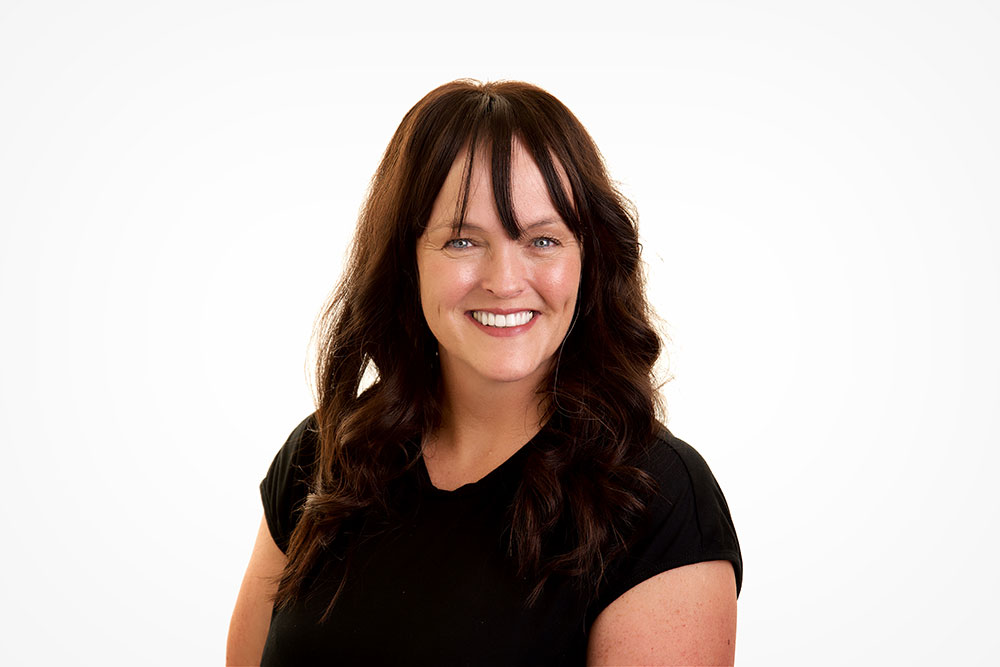01 March 2014
Better interest rates and rising property prices fuel equity release growth
Equity Release Council launches first bi-annual Equity Release Market Report
-
Average interest rate falls to 6.36% while credit card and overdraft costs soar
-
16% growth of property wealth among customers exceeds UK average
-
Customers go online and use independent advice to inform their choices
-
Gender balance shifts as take-up grows among married women and single men
Better interest rates and rising property values are prompting increasingly older people to boost their finances through equity release, according to a new report from the Equity Release Council (The Council).
The first edition of the Equity Release Market Report examines the profile, property wealth and product choices of more than 37,000 customers who have taken out new equity release plans since 2011. The total annual value of plans agreed has grown by 36% in that time to £1.07bn while customer numbers have swelled by 17%.
The Spring 2014 edition of the report reveals:
-
The average interest rate for equity release products has fallen by over 50 basis points (bp) since 2011 to 6.36%,¹ while average borrowing rates for overdrafts and credit cards have risen by 45bp and 135bp respectively.
-
Growing uptake of equity release is being driven by 65-74 year olds as people work for longer. This age group made up 59% of new customers in 2013, up from 56% in 2011.
-
The average equity release customer owns property worth £254,943 – 5% more than the UK average – and releases less than a quarter of this housing wealth (22% in 2013).
-
Today’s customers are more likely to be married or cohabiting (up from 58% in 2011 to 61% in 2013) while the proportion of single and widowed customers has dropped.
Growth of property wealth outstrips UK average
Customers’ average property wealth has grown by 16% since 2011 to £254,943. This compares with a 13% rise in UK house prices² and suggests that equity release increasingly appeals to people further up the property ladder or those who have benefitted most from rising house prices.
The typical amount of equity released has also risen by 16% since 2011 to £56,917, exactly matching the rise in customers’ property wealth, which shows that equity release customers’ attitude to borrowing remains stable despite the growing value of their homes.
Two thirds of customers (66%) choose drawdown products, which offer a new source of regular income to help with living costs. Drawdown attracts people with the highest value properties (£263,516 in 2013 vs. £234,699 – lump sum) but the 34% of customers who opt for a lump sum of money typically borrow more (£61,351 in 2013 vs. £54,564 – drawdown).
Internet and independent advice guide customers on product choices
The internet and social media rank as the number one source of information about equity release. More than half of customers (54%) first learn about it online: more than twice as many as are prompted by a financial adviser or introducer (26%).
Sales must always be advised and customers are increasingly using independent financial advisers (IFAs) to consider products from across the market: 97% followed this route in 2013, compared with 55% back in 2003.
Increasing take-up among women in couples and single men
Joint loans make up 58% of plans agreed in each of the last three years. Most identify the male partner as the primary borrower – the person in charge of the loan – yet the proportion where the female partner takes this role has trebled since 2011 from 4% to 13%.
In contrast, single men account for a growing proportion of loans to single customers (36% in 2013 vs. 32% in 2011).
Nigel Waterson, Chairman of the Equity Release Council said:
“A growing number of older people are using their properties to offer financial as well as physical comfort. In a climate of low retirement incomes and a recovering housing market, equity release offers an increasingly attractive way to live comfortably in later life without sacrificing the place you call home.
“Those choosing equity release enjoy low borrowing rates and three levels of protection through a structured financial advice process, face-to-face legal advice and product safeguards that have underpinned the industry for more than twenty years.”
“It is a great paradox that so many people across the UK have considerable equity invested in their homes and yet disappointing retirement incomes leave them struggling with extra expenses and rising living costs after they finish work.
“No one retirement product offers a blanket solution to achieve financial security, but increasing numbers are finding an answer through equity release and it is an important and flexible option to consider in later life.”



